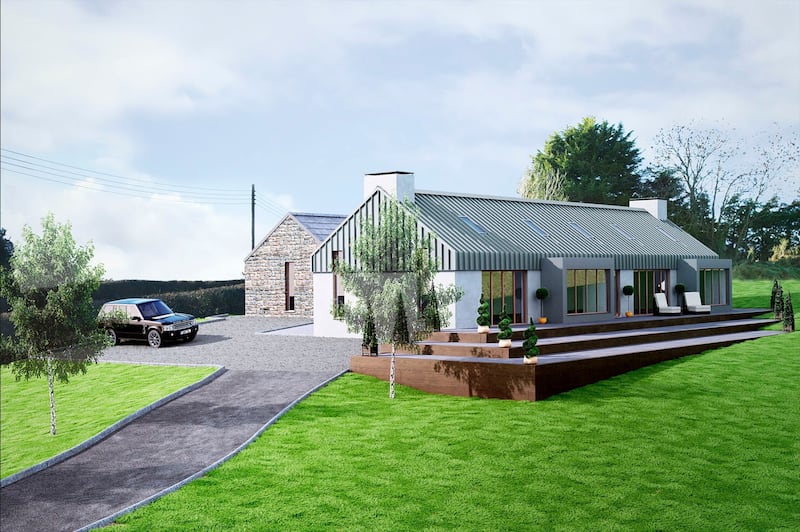So, you have found the perfect site.
You have spent a fair bit on home and interior magazines and your evenings are spent watching self-build and home improvement programmes. In fact, you’ve already bought the stove and ordered the console table for the hallway.
All you want, which isn’t much to ask really, is a house in the country, room for a dog and a bigger garden, perhaps closer to family.
It should be reflective of your achievements, your personal taste, perhaps your growing family, you’ve it all planned out and it is going to be perfect.
Then suddenly, the awakening comes…. you realise you must attain planning permission and your architect said it’s not a sprint, it’s a marathon and you’ve done little training and don’t like protein shakes.
Obtaining planning permission in the countryside can be a big challenge with unexpected pitfalls and escalating costs for reports.
Indeed, it is a forever changing territory, with legalisation, bureaucracy and the associated costs, all of which can dampen the enthusiasm of any aspiring self-builder.
In recent years attaining approval for a single dwelling in the countryside could be considered more arduous than attaining approval for a residential development within a settlement, and even when you have found the perfect site, a site which has already attained and gained planning approval there are still challenges, conditions to be satisfied and perhaps a change of house type to be overcome.

So the dream versus reality can be quite the unexpected experience, you must be patient, and take experienced, professional advice early in the process prior to buying any site or land which you feel may be suitable.
Be prepared to become familiar with words such as vernacular, integrated, detrimental, compelling, policy, legalisation and sorry for the delays.
Sustainable Development in the Countryside guidance was published in June 2010 aimed at striking a balance between the need to protect the countryside from unnecessary or inappropriate development and supporting rural communities. The first thing to get your head around is the definition of countryside within the planning context, is it a special countryside area, is it an area of sensitivity, landscape character, archaeology, will you have issues with shared or paired access in relation to any mortgage for funding?
Essentially, countryside covers land outside a settlement boundary, which will ultimately determine the planning rules which you and your architects will be expected to align with.
It set out several types of development which would and are acceptable and which you may well sit within.
They allow for replacement, gap sites, development within clusters, dwellings on farms, compelling need, and several others, but do not be fooled or mislead, these policies are becoming more and more challenging and are accompanied with a myriad of design guidance which aims to inform and assist.
It talks about rural character, visual integration and reflects types of developments which may be acceptable, not necessarily helpful for the excited, aspiring homeowner who just wants their dream home.
So, for those with the heart to continue, our tips are to consider costs at an early stage, resale potential, and connections to services.
Speak with your bank or mortgage companies, allow for delays, employ, and commission only qualified and experienced architects, take advice, and be prepared to change your expectations.
But, before you are left crying all over expensive home magazines, all is certainly not lost and with the proper guidance, experienced and qualified individuals, those dreams can become a reality.
